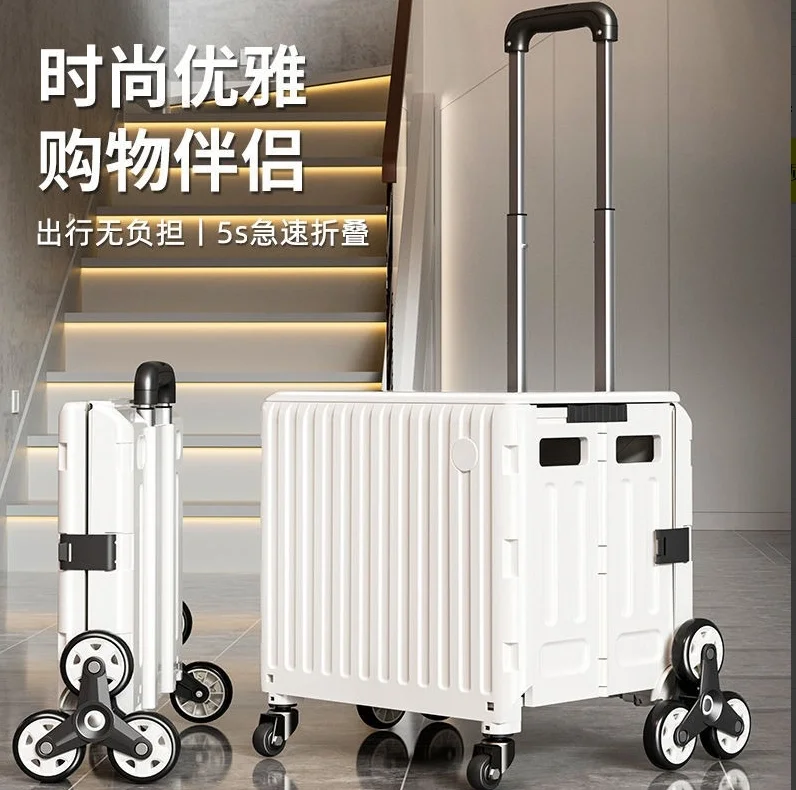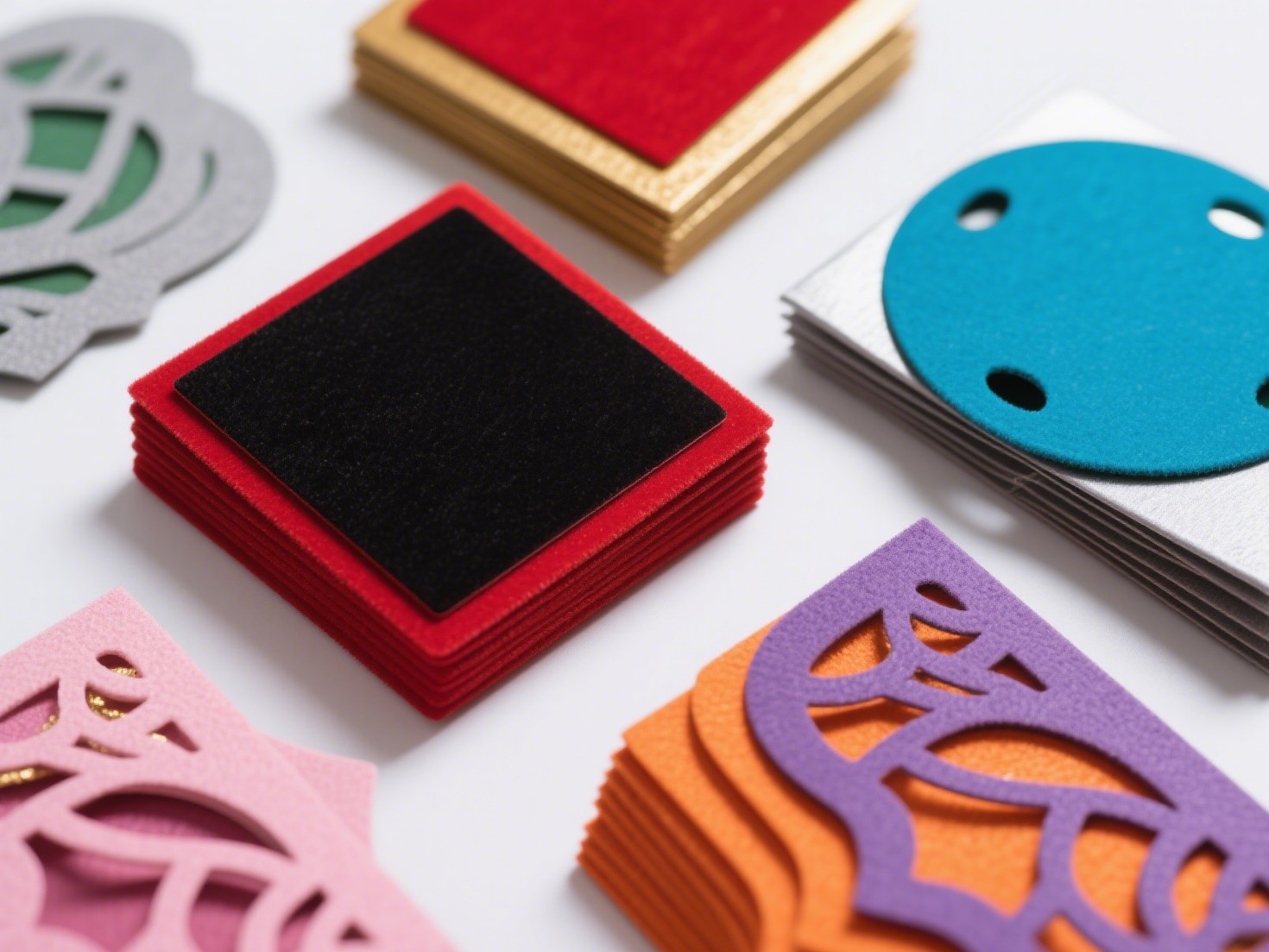When it comes to choosing the right fabric for gym wear, the debate between cotton and polyester is a hot topic among fitness enthusiasts. Both materials have their unique advantages and disadvantages, making the decision less straightforward than one might think. In this article, we will delve into the characteristics of cotton and polyester, their performance in various workout conditions, and ultimately determine which fabric reigns supreme for gym apparel.
Understanding the Basics: Cotton and Polyester
Cotton is a natural fiber derived from the cotton plant. It is known for its softness, breathability, and comfort. Cotton garments are often favored for their ability to absorb moisture, making them a popular choice for casual wear. However, this absorbent quality can be a double-edged sword in a gym setting.
Polyester, on the other hand, is a synthetic fiber made from petroleum-based products. It is renowned for its durability, moisture-wicking properties, and resistance to shrinking and stretching. Polyester fabrics are often engineered to enhance performance, making them a staple in athletic wear.
Moisture Management: The Key to Comfort
One of the most critical factors in gym wear is moisture management. During intense workouts, the body produces sweat, and the fabric's ability to handle moisture can significantly impact comfort and performance.
- Cotton: While cotton is absorbent, it tends to hold onto moisture rather than wick it away. This can lead to a heavy, damp feeling during workouts, which may cause chafing and discomfort. Additionally, once cotton becomes wet, it takes longer to dry, which can be a disadvantage in high-intensity training sessions.
- Polyester: Polyester excels in moisture-wicking capabilities. It draws sweat away from the skin and allows it to evaporate quickly, keeping the wearer dry and comfortable. This property is particularly beneficial for activities that involve high levels of perspiration, such as running, cycling, or high-intensity interval training (HIIT).
Breathability and Temperature Regulation
Breathability is another essential aspect of gym wear, as it affects how well the fabric allows air to circulate and regulate body temperature.
- Cotton: Cotton is naturally breathable, allowing air to flow through the fabric. This can help keep the body cool during moderate workouts. However, its moisture retention can counteract this benefit, especially in humid conditions.
- Polyester: While polyester is generally less breathable than cotton, many modern polyester blends are designed with ventilation in mind. Advanced technologies, such as mesh panels and moisture-wicking treatments, enhance breathability and temperature regulation, making polyester a strong contender for high-performance gym wear.
Durability and Longevity
When investing in gym apparel, durability is a crucial consideration. The fabric's ability to withstand wear and tear can significantly impact its lifespan.
- Cotton: Although cotton is soft and comfortable, it is prone to fading, shrinking, and losing its shape over time, especially after multiple washes. This can lead to a shorter lifespan for cotton gym wear, making it less cost-effective in the long run.
- Polyester: Polyester is known for its durability and resistance to damage from stretching, shrinking, and fading. This makes it a more reliable choice for those who frequently engage in rigorous workouts. Additionally, polyester fabrics often maintain their shape and color, ensuring that they look good even after extensive use.
Environmental Impact: A Consideration for the Conscious Consumer
As sustainability becomes an increasingly important factor in consumer choices, the environmental impact of fabric production cannot be overlooked.
- Cotton: While cotton is a natural fiber, its cultivation can be resource-intensive, requiring significant amounts of water and pesticides. Organic cotton is a more sustainable option, but it may come at a higher price point.
- Polyester: The production of polyester involves petroleum-based processes, which raise concerns about fossil fuel consumption and pollution. However, recycled polyester made from post-consumer plastic bottles is gaining popularity as a more sustainable alternative, offering a way to reduce waste while still benefiting from the performance characteristics of polyester.
Conclusion: Which Fabric is Better for the Gym?
Ultimately, the choice between cotton and polyester for gym wear depends on individual preferences and workout styles. For those who prioritize comfort and breathability in moderate activities, cotton may be suitable. However, for high-intensity workouts where moisture management, durability, and performance are paramount, polyester is the clear winner.



+ There are no comments
Add yours